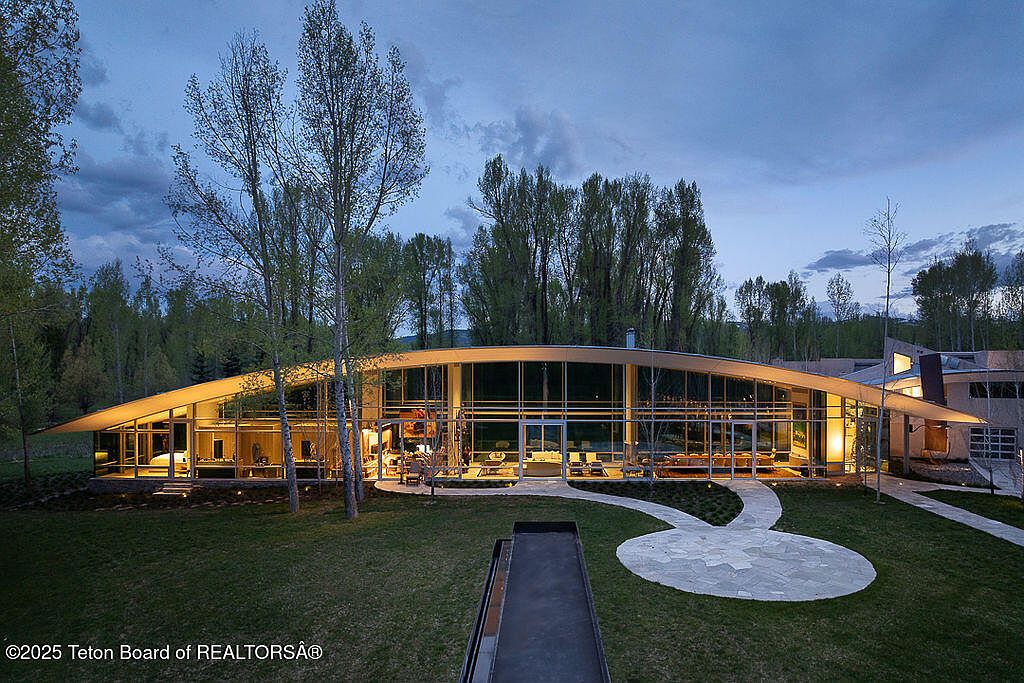Getting your first rental is exciting, but it’s easy to overlook the fine print when you’re caught up in the thrill. First-time renters often stumble into hidden costs, unclear rules, and avoidable stress. While it might seem as simple as signing and moving in, there are key things no one tells you to watch out for. These common mistakes can drain your wallet, cause headaches, or even get you evicted. Here’s what to know before you grab the keys and start decorating.
1. Not Reading the Lease Carefully
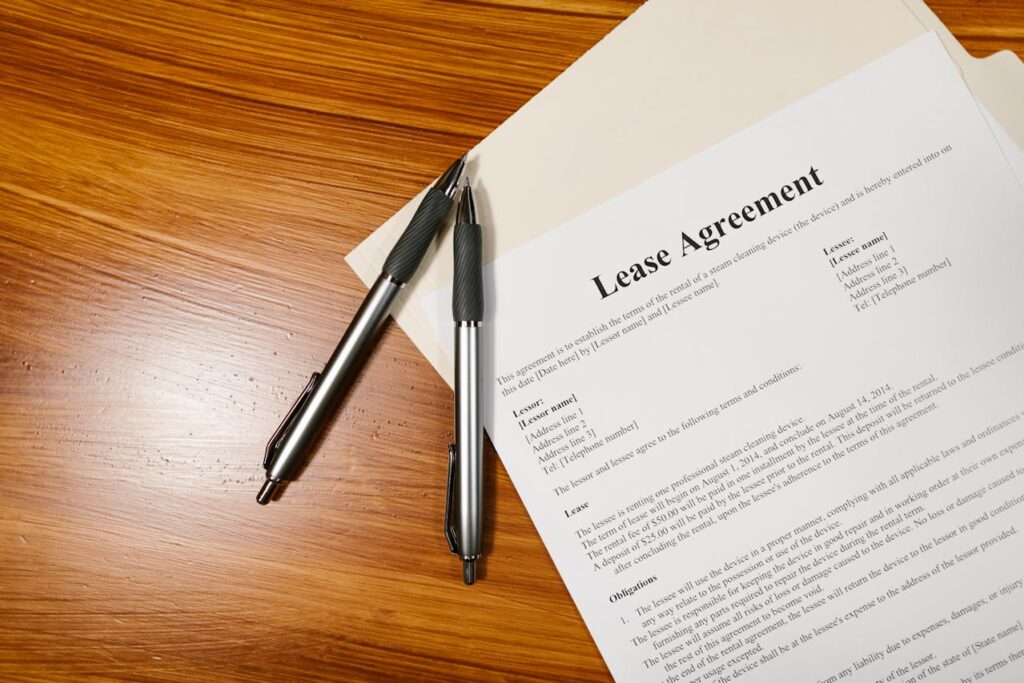
It’s tempting to skim through your lease, but that fine print matters. Some renters get blindsided by rules about guests, pets, or early move-out penalties. Others miss clauses saying they must mow the lawn or pay for small repairs. Once you sign, you’re locked in, so take time to read every line, ask questions, and make sure you understand your responsibilities. A lease isn’t just paperwork; it’s the rulebook for your new home.
2. Underestimating the Full Costs

Your rent might look doable, until the other bills pile on. Utilities like electricity, water, gas, trash, and Wi-Fi aren’t always included, and move-in costs can be steep. You’ll likely owe a security deposit, possibly first and last month’s rent, plus fees for things like key fobs or parking. Don’t forget renter’s insurance and basic furniture. Create a full budget before signing anything so you’re not living off instant noodles by month two.
3. Skipping the Inspection
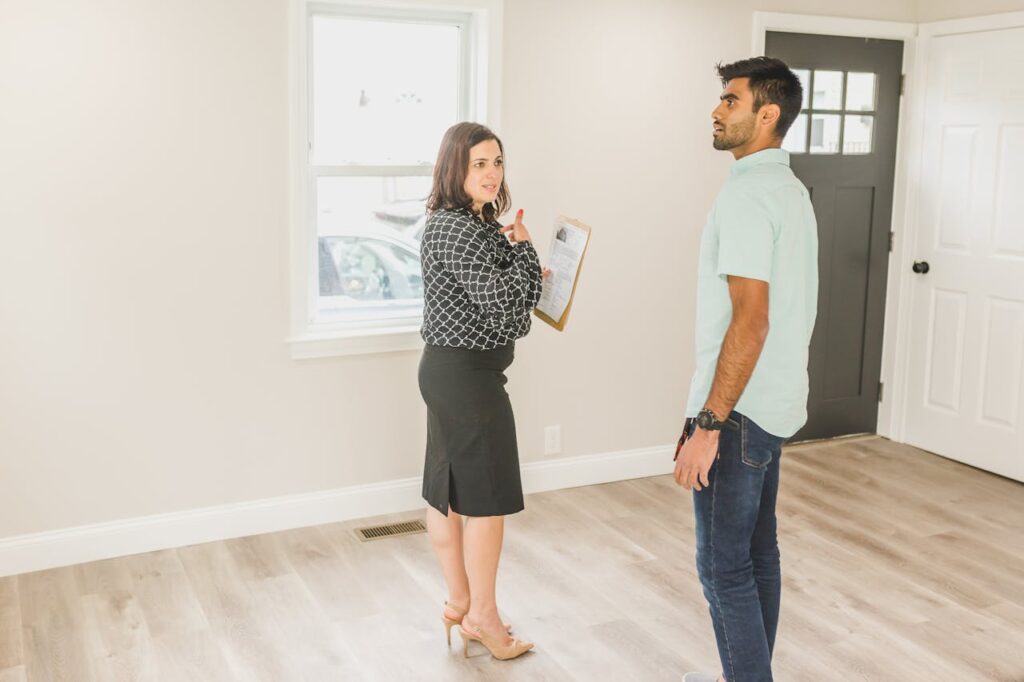
The excitement of move-in day can make you overlook scratches, stains, or broken blinds. But if you don’t document pre-existing damage, your landlord might blame you later and keep your deposit. Walk through the place with a checklist and take photos of everything, from chipped tiles to leaky faucets. Send the images to your landlord so there’s a record. A 30-minute inspection now can save you hundreds when it’s time to move out.
4. Ignoring the Neighborhood
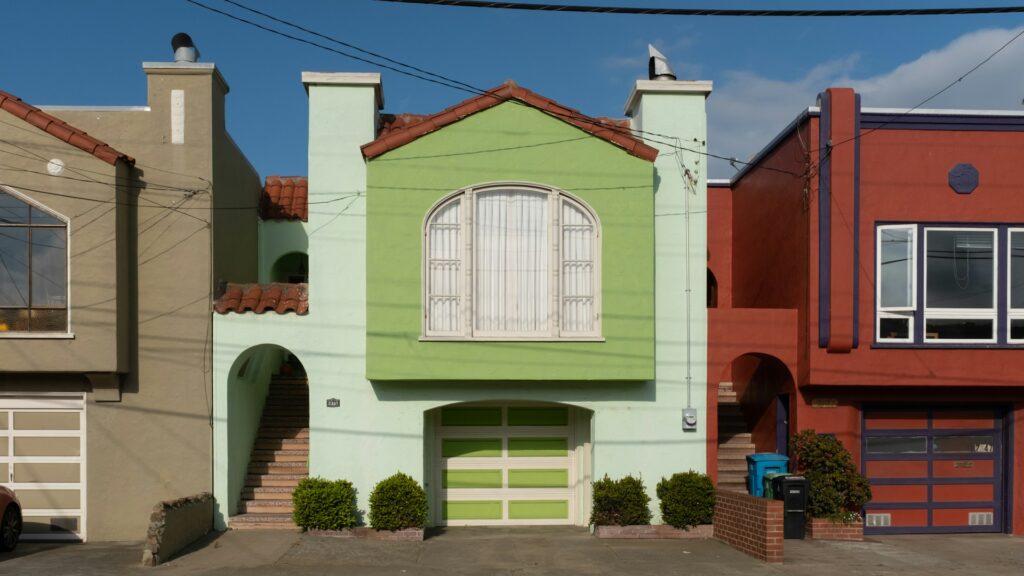
An apartment can look perfect online, but location matters. Is the area safe? Are there grocery stores nearby? What’s the noise level like at night? Spend time in the neighborhood during different times of day before signing. You don’t want to find out after moving in that your “quiet street” turns into a party zone every weekend, or that your 10-minute commute is actually an hour in traffic. Where you live is more than just the unit, it’s the whole environment.
5. Not Asking About Repairs
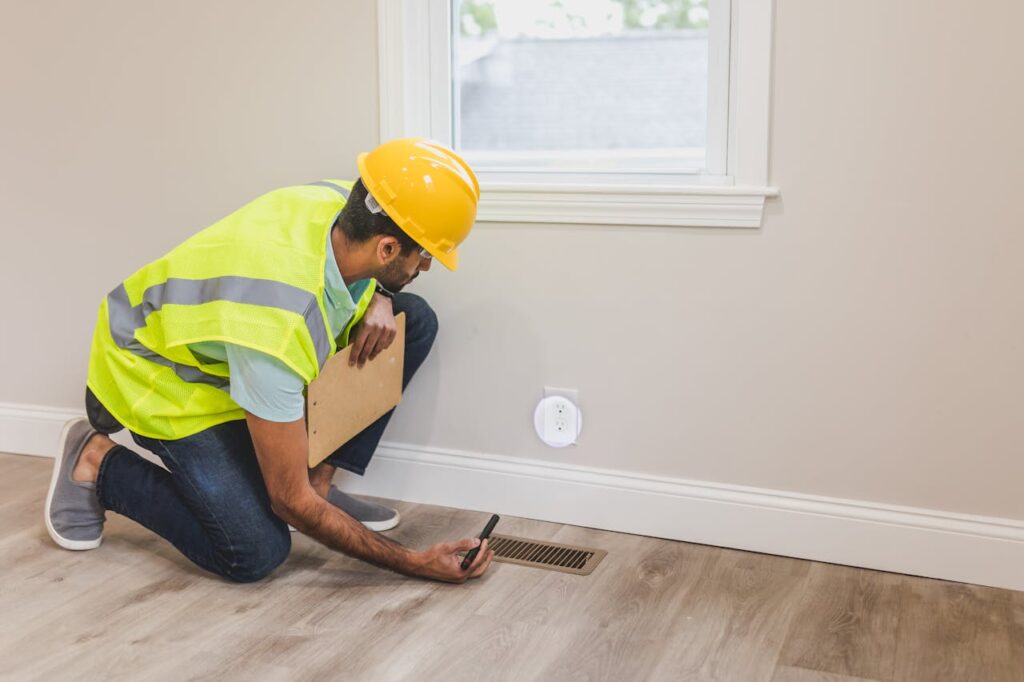
You move in, the faucet leaks, and suddenly it’s unclear who’s supposed to fix it. Some landlords cover everything; others expect you to handle minor repairs. Always ask before signing: who handles what, how do you request repairs, and what’s the typical response time? If your AC breaks in the middle of summer, you’ll want answers fast. And make sure repair policies are in the lease, if it’s not in writing, it doesn’t count.
6. Choosing Style Over Safety
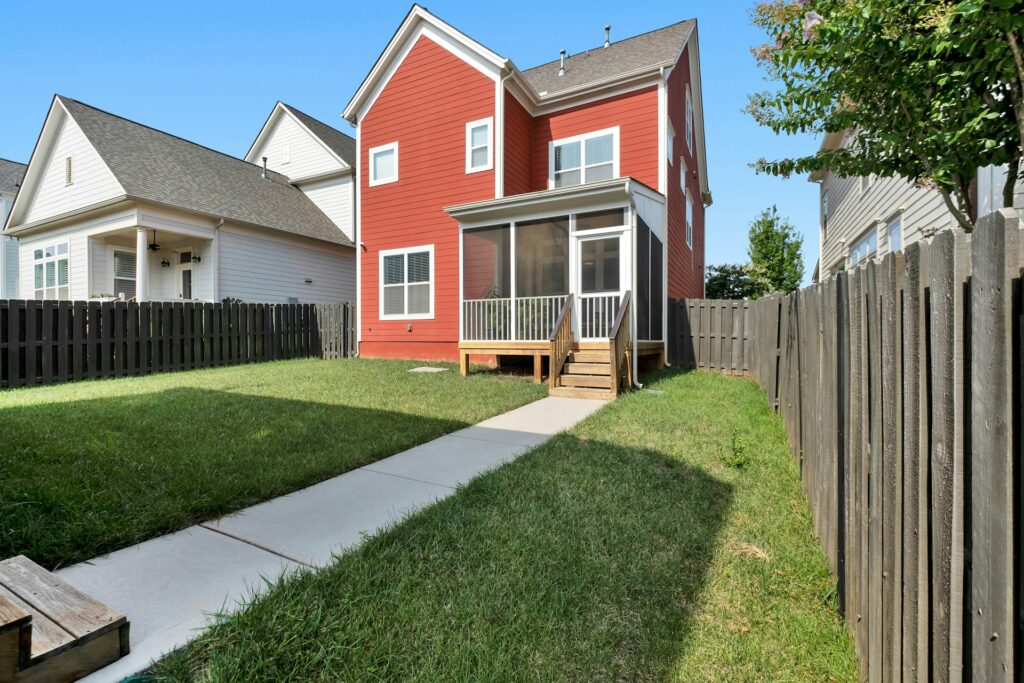
That vintage loft might look amazing on Instagram, but check the basics before falling in love. Are there working smoke detectors? Do all the windows lock? Is the building secure? First-time renters often get drawn in by exposed brick and trendy lighting but forget to look at safety essentials. A pretty apartment won’t help if your stuff gets stolen or the fire alarm fails. Always prioritize your safety, it’s more important than the perfect aesthetic.
7. Forgetting to Measure
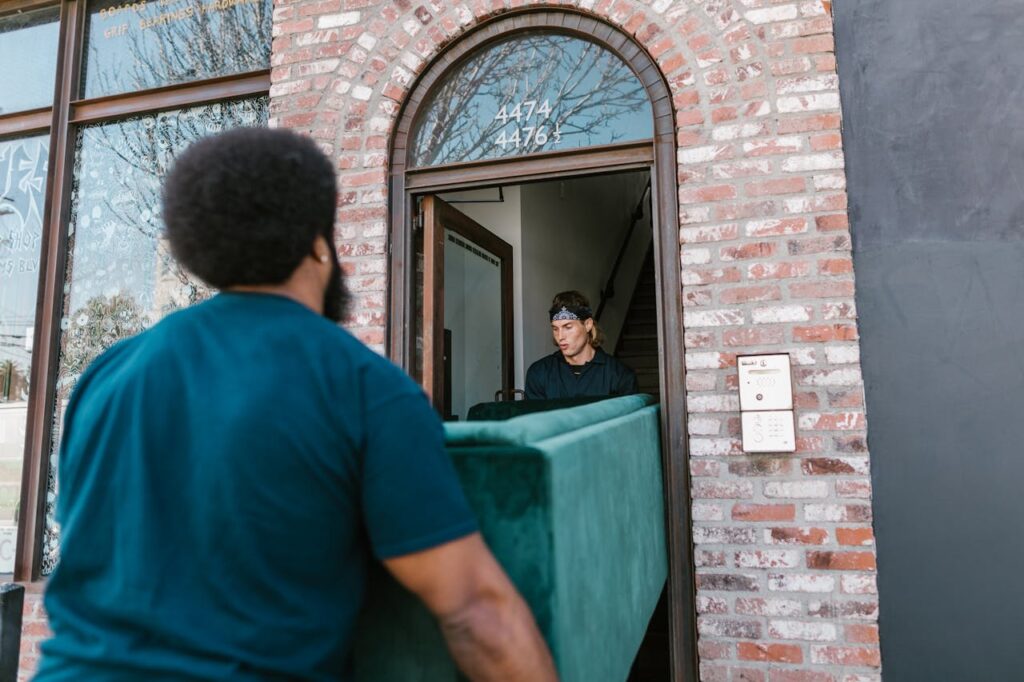
Don’t assume your furniture will fit. Older buildings often have narrow stairwells or tight doorways that can’t handle a big couch or queen bed. Measure doorways, elevators, and room sizes before you move in. Bring a measuring tape when touring or ask the landlord for dimensions. There’s nothing worse than hauling a sectional up three flights of stairs only to find out it doesn’t even fit through the door.
8. Not Meeting the Landlord First
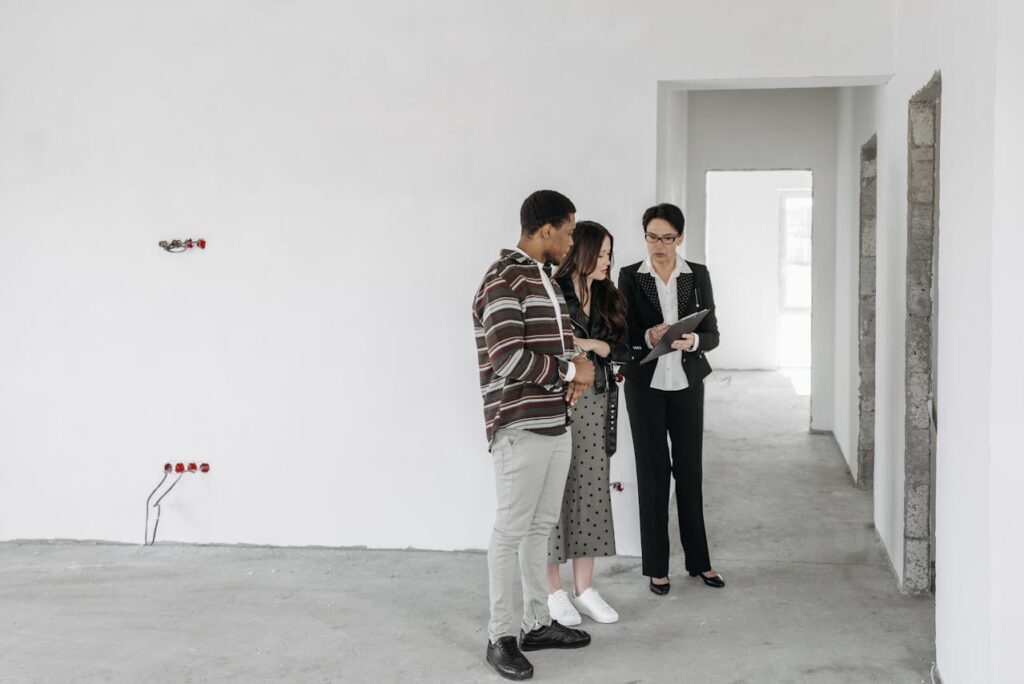
You’re not just renting a space, you’re entering a relationship with whoever manages it. A quick conversation with your landlord or property manager can tell you a lot. Are they responsive? Do they seem reasonable? If something breaks or there’s a dispute, this person will be your go-to. A landlord who ignores calls or avoids answering basic questions is a red flag. A good one can make renting smooth. It’s worth that first handshake.
9. Overpacking or Hoarding

It’s your first place, and you want to bring everything you own, but most rentals are smaller than they seem. Clutter builds up fast, especially in apartments with little storage. Instead of hauling everything from your childhood bedroom, prioritize essentials. You can always add more later. The goal is to create a livable, open space, not a cramped storage unit. Less stuff means easier cleaning, better organization, and less stress.
10. Missing the Fine Print on Deposits

Not all deposits are treated equally. Some landlords offer clear terms for what’s refundable; others bury it in vague language. Will you get charged for nail holes in the wall? Carpet cleaning? Normal wear and tear? Ask these questions up front, and get the answers in writing. You don’t want to find out your entire deposit vanished over a tiny scuff or an uncleaned oven. The more details you have, the easier it is to get your money back later.
11. Assuming You Can Break the Lease Anytime
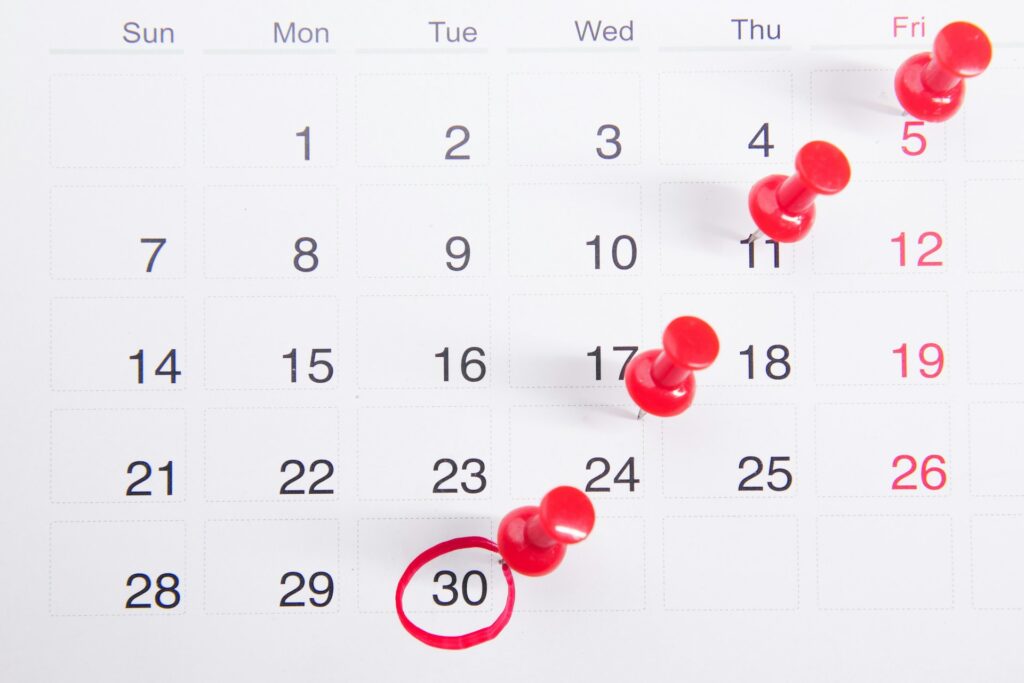
Plans change, but leases rarely care. Unless there’s a built-in escape clause, breaking a lease early can mean big penalties, or even legal trouble. Some landlords charge a flat fee, others want the full rent until they find a new tenant. Don’t assume it’ll be easy. If you might move for work, school, or any reason, look for flexible lease terms or short-term options. And again, whatever agreement you make should be written into the lease itself.
12. Not Getting Renter’s Insurance
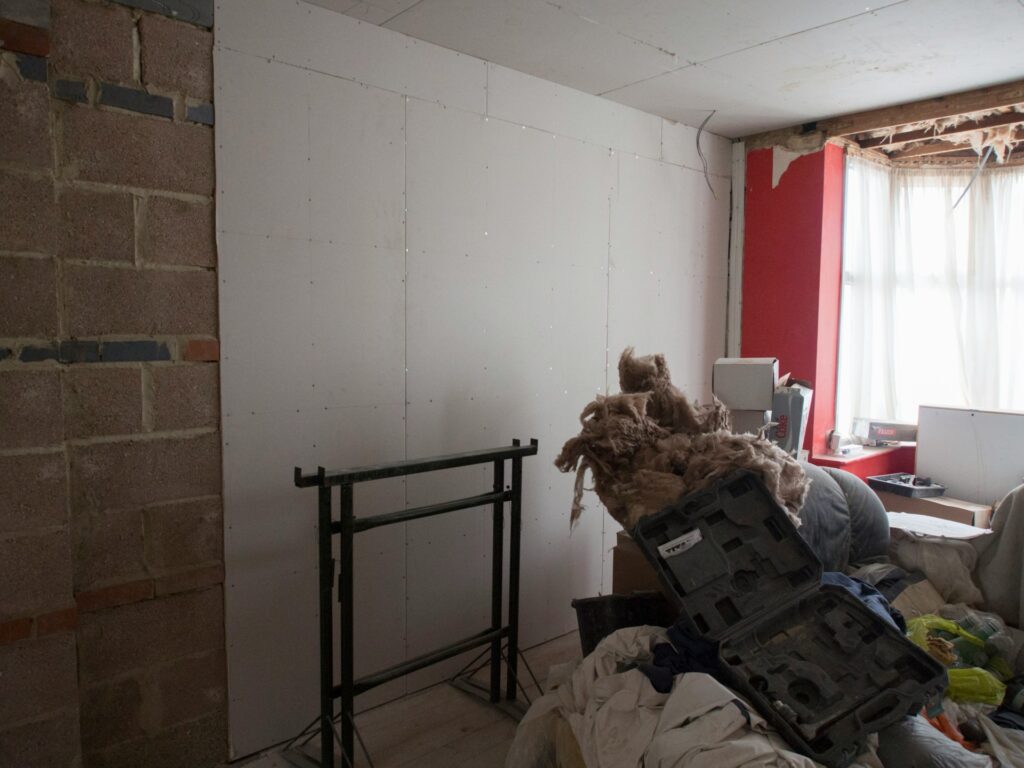
It’s cheap, usually under $15 a month, but renters’ insurance protects your stuff from fire, theft, water damage, and more. Some landlords require it, but even if they don’t, it’s smart to have. If a pipe bursts or someone breaks in, you’ll be glad your clothes, electronics, and furniture are covered. Without it, you’re on your own to replace everything. Think of it as a safety net, one that could save you thousands in a worst-case scenario.

